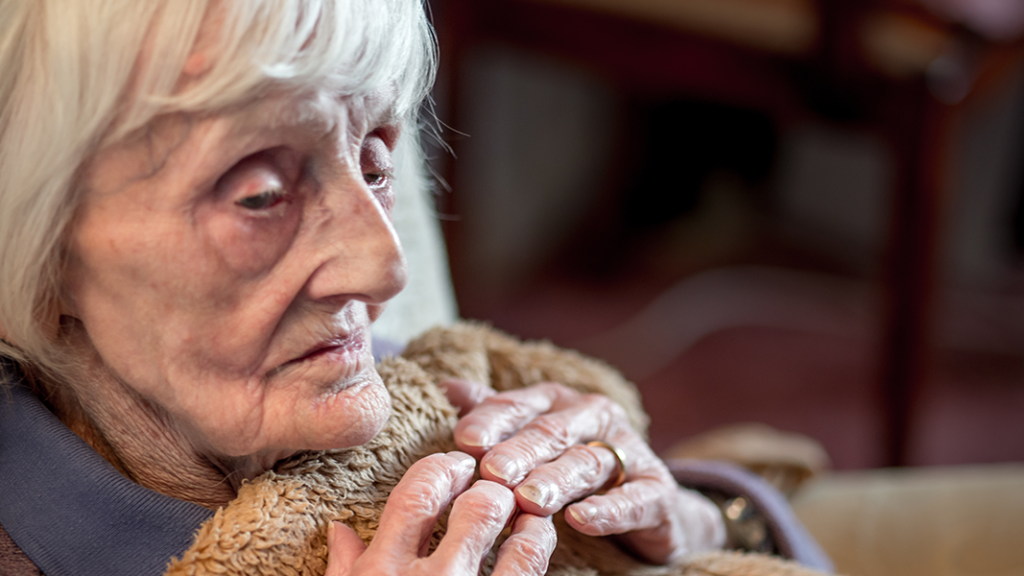
What is fuel poverty?
The average annual energy bill under the Ofgem price cap is £1,849. We estimate that there are currently 6.1 million households in fuel poverty, unable to afford to heat their homes to the temperature needed to keep warm and healthy. In October 2021, we estimated there were 4.5 million UK households in fuel poverty. For more information, we have made a page on the UK energy crisis.
Our definition and the government’s definition
The definition of fuel poverty that we use is that a household is in fuel poverty if it needs to spend 10% or more of its income on energy in order to maintain a satisfactory heating regime.
The government uses the Low Income Low Energy Efficiency (LILEE) definition for fuel poverty in England (Scotland, Wales and Northern Ireland use different definitions). Under the LILEE indicator, a household is considered to be fuel poor if:
- they are living in a property with a fuel poverty energy efficiency rating of band D or below
- and when they spend the required amount to heat their home, they are left with a residual income below the official poverty line
There are three important elements in determining whether a household is fuel poor:
- household income
- household energy requirements – energy efficiency is a key driver of fuel poverty, as higher energy efficiency reduces a household’s fuel costs for a particular size of property
- fuel prices – the energy price cap, which keeps suppliers from setting their default tariff higher than a set amount, is largely determined by wholesale energy prices
The fuel poverty gap is the additional income that would be needed to bring a household to the point of not being fuel poor.
Those in fuel poverty pay a significant proportion of their income just for energy, meaning that they often have to cut back on other essentials, as well as self-rationing their own heating. This can lead to and exacerbate various physical and mental health problems, including respiratory and circulation conditions. People living in fuel poverty use coping tactics such as only heating one room, not using their heating at all, not cooking food and not having friends or family over.
Fuel poverty’s impact on health
Cold homes can cause or worsen a range of serious health conditions including heart attacks, strokes, bronchitis, and asthma. Each year, around 10,000 people die as a result of living in a cold home. Fuel poverty can also have a significant impact on mental health and is a known risk factor for suicide.
Public Health England (PHE) has warned there is a damaging overlap between the health impacts of living in a cold home and Covid-19. Pre-existing chronic medical conditions such as cardiovascular and respiratory conditions like chronic obstructive pulmonary disease (COPD), asthma and heart disease are particularly badly impacted by a cold home.
Cold homes also prevent children from thriving. Without a warm, quiet place to do their homework, they can fall behind at school. A lack of hot water means they might avoid personal care, leading to bullying and social isolation. With no warm space to spend time with their family, they can spend hours of the day alone in bed. Some resort to using public places like libraries or friends’ houses to stay warm in. All this is disruptive and damaging at a time crucial for their development.
A significant and growing debt problem
Prolonged periods when households struggle to pay their bills can lead to increasing and unsustainable levels of debt for households, resulting in a vicious cycle that can be difficult to escape from. It can also lead to unsafe energy rationing, where households try to use as little energy as possible, and even voluntary self-disconnection by those with prepayment meters in a bid to spend less. Bad debt is a growing problem in the energy sector, which is adding to the cost of everyone’s bills.

